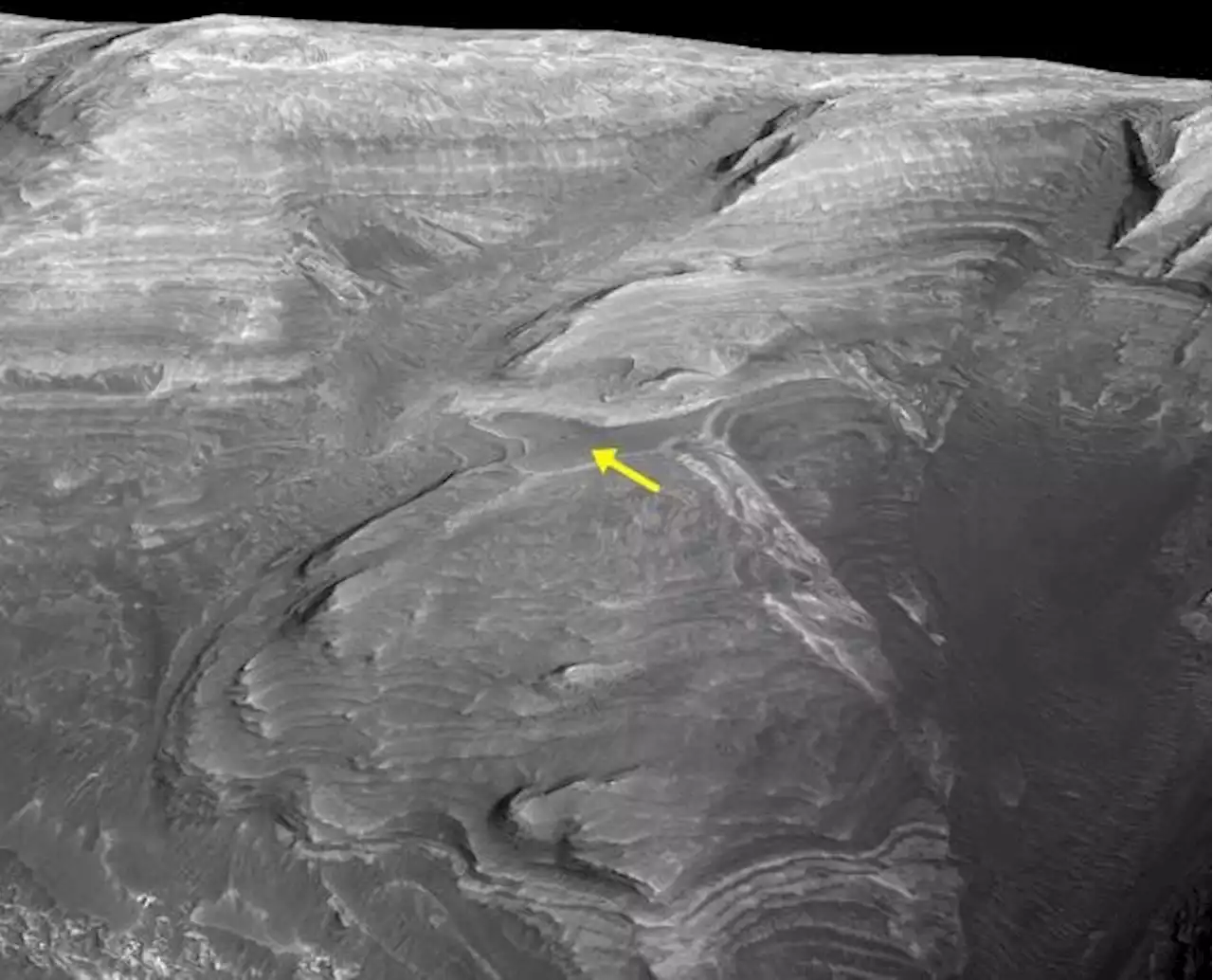Enigmatic rock layer in Mars' Galecrater awaits measurements by the Curiosityrover jgrplanets
A new paper led by Planetary Science Institute Senior Scientist Catherine Weitz takes a new look at an enigmatic feature seen in orbital data of Mount Sharp, a 5.5-kilometer-high mound in Gale crater: a darker, stronger, flatter, smooth rock layer or weathering horizon that stands out from the sulfate-bearing rocks in which it occurs.
"Some event occurred within Gale crater during the deposition of sulfate-bearing sediments that resulted in a different kind of rock unit. The marker horizon is distinct in appearance from the sulfate-bearing rocks above and below it, indicating an environmental change occurred for a brief time, such as a drier period, or perhaps a regional event like an explosive eruption from a nearby volcano that deposited ash across a large area which included Gale crater," Weitz said.
"We used orbital data collected from the High Resolution Imaging Science Experiment , Context Camera , and Compact Reconnaissance Imaging Spectrometer for Mars instruments on the Mars Reconnaissance Orbiter to map out where this marker horizon occurs throughout Mount Sharp and study its appearance and composition. We found that the marker horizon varies in its elevation by 1.
United States Latest News, United States Headlines
Similar News:You can also read news stories similar to this one that we have collected from other news sources.
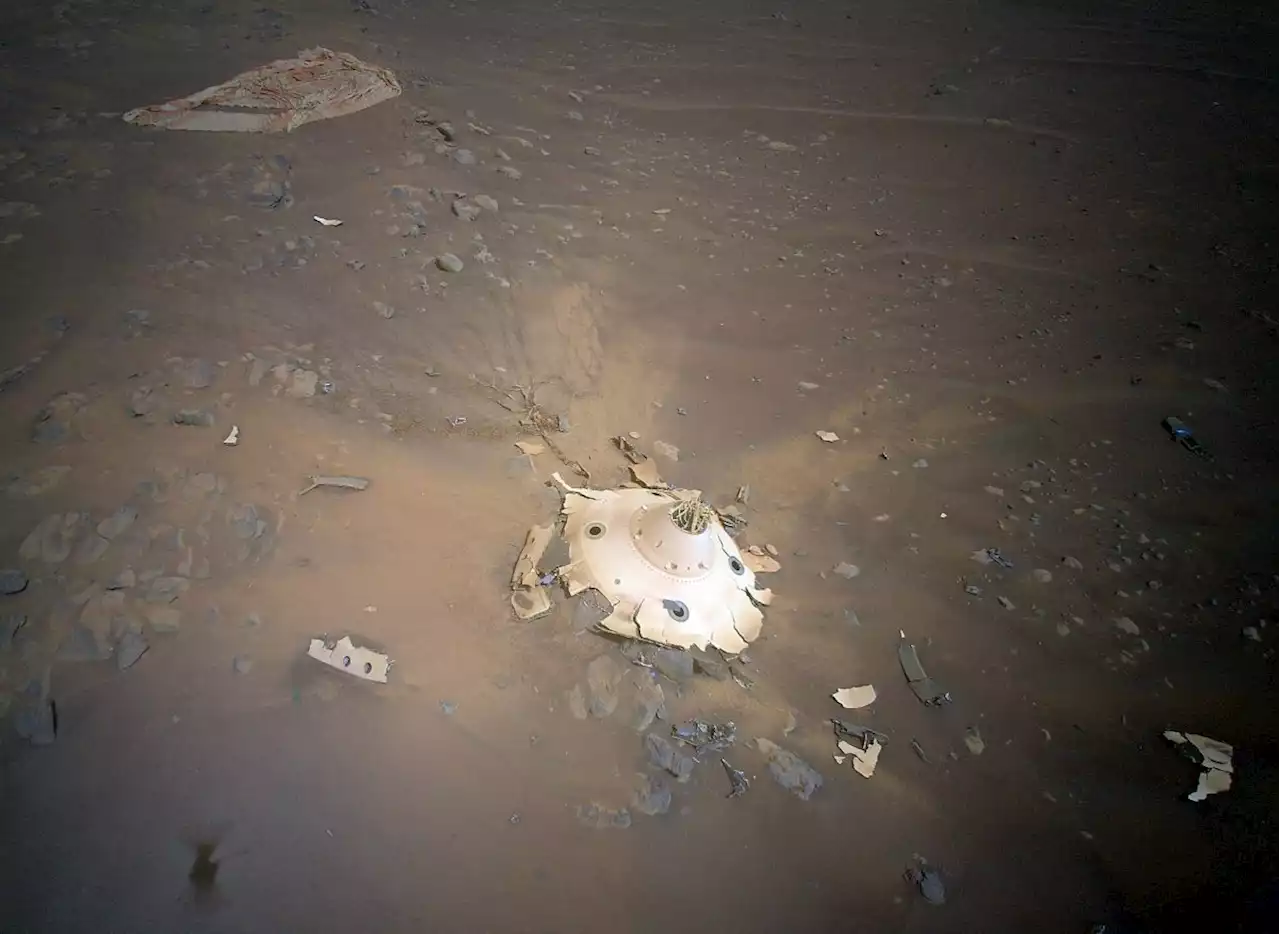 Ingenuity Mars helicopter snaps amazing photos of Perseverance rover's landing gear (video)The shots could aid NASA and the European Space Agency's coming Mars sample-return campaign.
Ingenuity Mars helicopter snaps amazing photos of Perseverance rover's landing gear (video)The shots could aid NASA and the European Space Agency's coming Mars sample-return campaign.
Read more »
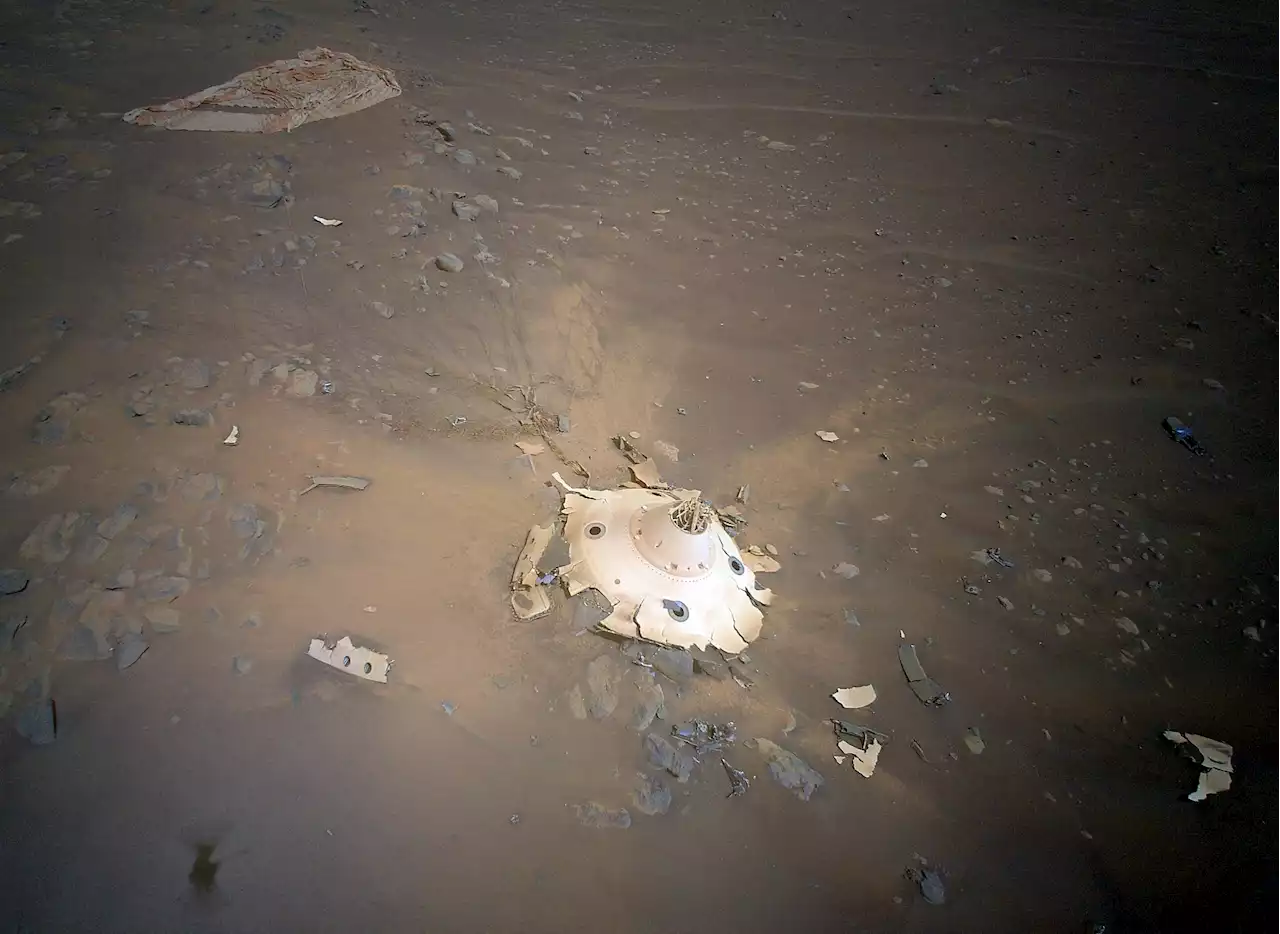 Ingenuity Mars Helicopter spots gear that helped Perseverance rover landNASA's Ingenuity Mars Helicopter recently surveyed both the parachute that helped the agency's Perseverance rover land on Mars and the cone-shaped backshell that protected the rover in deep space and during its fiery descent toward the Martian surface on Feb. 18, 2021. Engineers with the Mars Sample Return program asked whether Ingenuity could provide this perspective. What resulted were 10 aerial color images taken April 19 during Ingenuity's Flight 26.
Ingenuity Mars Helicopter spots gear that helped Perseverance rover landNASA's Ingenuity Mars Helicopter recently surveyed both the parachute that helped the agency's Perseverance rover land on Mars and the cone-shaped backshell that protected the rover in deep space and during its fiery descent toward the Martian surface on Feb. 18, 2021. Engineers with the Mars Sample Return program asked whether Ingenuity could provide this perspective. What resulted were 10 aerial color images taken April 19 during Ingenuity's Flight 26.
Read more »
 Solar power is better than nuclear for astronauts on Mars, study suggestsNear the equator, anyway; nuclear power would still be the best bet near the poles.
Solar power is better than nuclear for astronauts on Mars, study suggestsNear the equator, anyway; nuclear power would still be the best bet near the poles.
Read more »
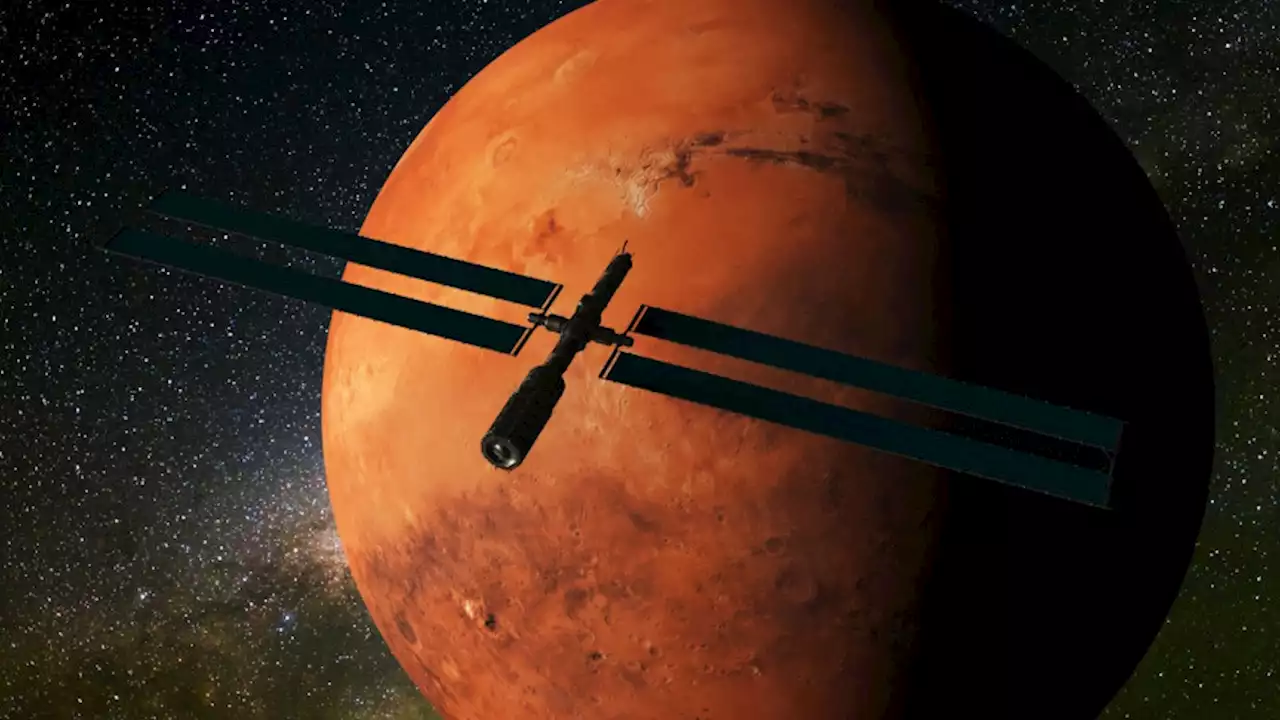 Scientists say solar energy tops nuclear for powering crewed missions to MarsA research team out of the University of California, Berkeley, published a paper in the journal Frontiers in Astronomy and Space Sciences that favors solar energy over nuclear energy to power human expeditions on the surface of Mars.
Scientists say solar energy tops nuclear for powering crewed missions to MarsA research team out of the University of California, Berkeley, published a paper in the journal Frontiers in Astronomy and Space Sciences that favors solar energy over nuclear energy to power human expeditions on the surface of Mars.
Read more »
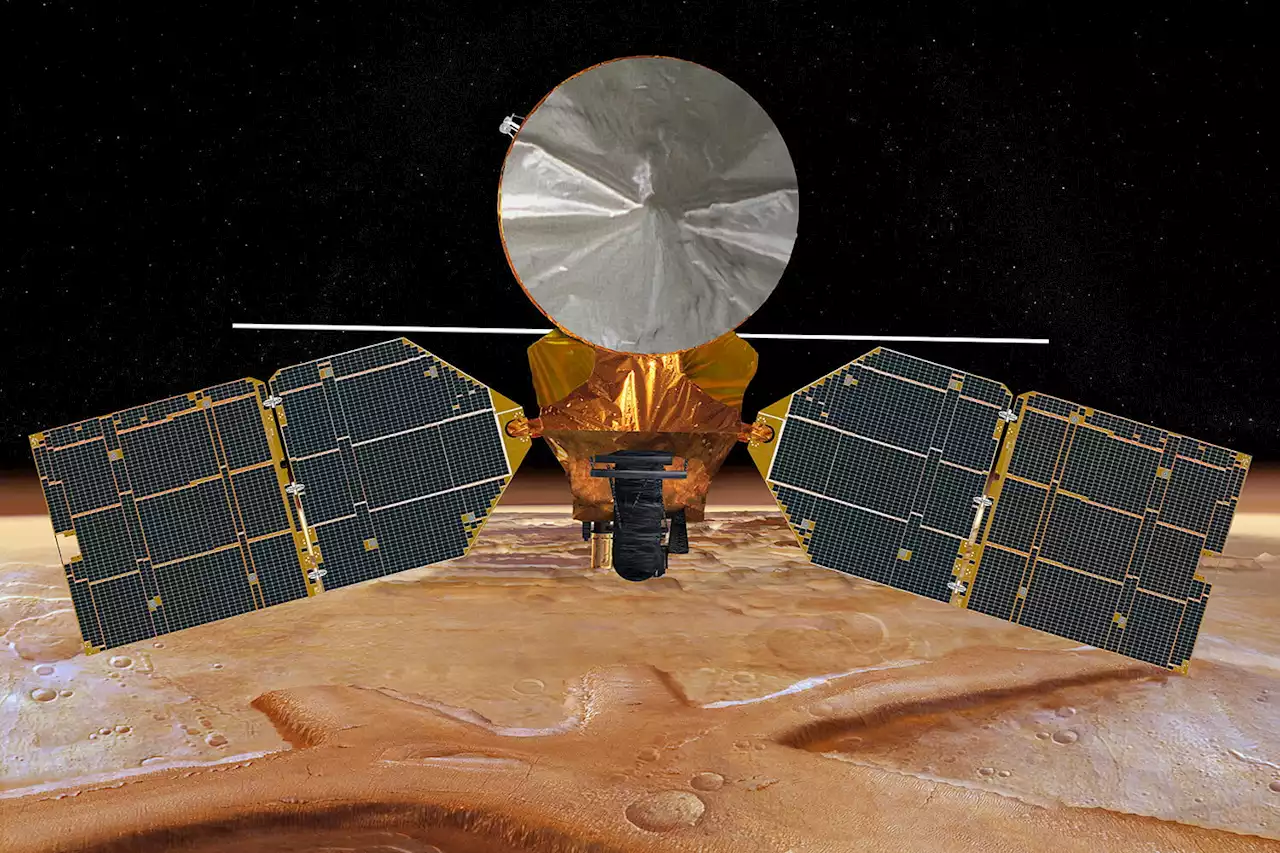 Moon, Mars, and more: NASA extends eight planetary missions | Digital TrendsNASA has decided to extend a range of active planetary science missions, a move that’s certain to delight scientists attached to the projects.
Moon, Mars, and more: NASA extends eight planetary missions | Digital TrendsNASA has decided to extend a range of active planetary science missions, a move that’s certain to delight scientists attached to the projects.
Read more »
